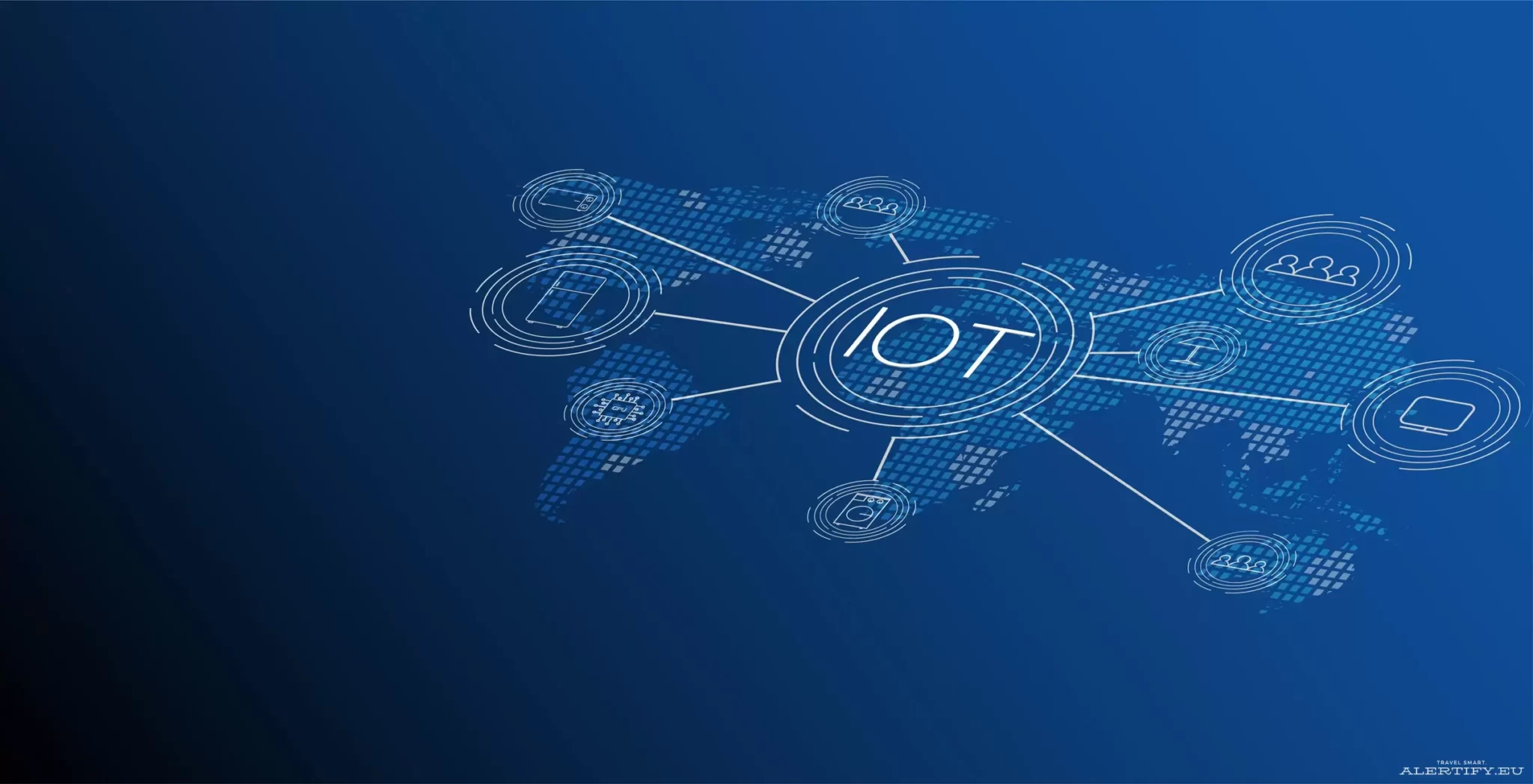
Telecom Mergers and Acquisitions Trends 2024
Communications service providers (CSPs) are no strangers to change, and recent years have seen a significant shift in their landscape through mergers and acquisitions (M&A). According to Omdia‘s latest research, there have been 514 mobile and wireline M&A deals worldwide between 2019 and 2023. Telecom mergers and acquisitions
This period marks a wave of consolidation, with wireline deals outpacing mobile ones, and major players seeking to strengthen their market positions.
Wireline vs. Mobile: Who Leads the Pack?
When we break down these numbers, wireline M&A deals take the lead with 392 transactions, overshadowing the 122 mobile M&A transactions. A noteworthy example is the planned merger between Vodafone and Three in the UK, poised to create the nation’s second-largest mobile operator by subscriptions, pending approval by the Competition and Markets Authority.
Riding the Waves: M&A Trends from 2019-2023
The Peak and the Plummet
The number of M&A deals across all communications provider sectors peaked at 316 in 2021 but declined to 214 by 2023. This drop mirrors the broader economic challenges, including high interest rates and a cyclical downturn in the tech industry. Yet, the appetite for M&A among CSPs remains robust, driven by the need to cut costs and invest in advanced network technologies like fiber and 5G.
Strategic Moves in a Competitive Market
Matthew Reed, Omdia’s Chief Analyst for Service Providers & Markets, emphasizes that CSPs are pursuing consolidation to stay competitive in mature markets. He points out that the slow revenue growth in the telecom sector forces many CSPs to merge to reduce duplication and invest in technologies that can drive future growth.
The Strategic Benefits of M&A
Economies of Scale and Increased Competitiveness
Merging brings substantial benefits, from achieving economies of scale to enhancing competitiveness against other major players. CSPs can cross-sell services more effectively and wield greater power in procurement, ensuring they get better deals on the essential technologies they need to thrive.
Delayering and Diversification: The New Playbook
Beyond traditional consolidation, CSPs are adopting delayering and diversification strategies to enhance their operations and service offerings. Delayering often involves selling infrastructure assets like telecom towers to free up capital for other investments. For instance, Telecom Italia (TIM) sold its fixed-line business to KKR, allowing TIM to focus on new growth areas such as beyond-connectivity consumer services and enterprise ICT services.
Delayering: Raising Funds for the Future
The Telecom Italia Example
Telecom Italia’s sale of its fixed-line business in July to investment group KKR is a prime example of delayering. This move enables TIM to reduce debt and redirect funds into growing sectors, particularly those that offer higher margins and better growth prospects.
Diversification: Tapping Into High-Growth Sectors
Expanding into Cybersecurity
CSPs are not just selling off parts of their business; they are also acquiring companies in high-growth technology sectors to diversify their portfolios. Notably, Orange and Telefonica have significantly expanded into the cybersecurity sector through strategic acquisitions, positioning themselves as tech-savvy providers in a rapidly evolving digital landscape.
Becoming Technology Service Providers
For telecom operators aspiring to become technology services providers, buying companies with existing capabilities and customer bases in target sectors is a strategic move. Matthew Reed underscores this strategy as a pathway for CSPs to transition and expand their market reach effectively.
Key Drivers Behind the M&A Momentum
Market Maturity and Competition
With telecom markets becoming increasingly mature and competitive, CSPs are driven to merge to maintain profitability. The pressures of low revenue growth rates and high operational costs make M&A an attractive option for survival and growth.
Investment in Next-Gen Technologies
Investing in next-generation technologies like 5G and fiber is crucial for CSPs to stay ahead. M&A allows these providers to pool resources and expertise, accelerating the deployment of these technologies and enhancing their service offerings.
The Vodafone-Three Merger: A Case Study
The planned merger between Vodafone and Three in the UK is a transformative deal that highlights the strategic importance of M&A in the telecom sector. If approved, this merger will create a powerful player in the UK market, capable of competing head-to-head with established giants.
Regulatory Hurdles and Market Impact
However, the deal’s success hinges on regulatory approval, which is not guaranteed. The Competition and Markets Authority will scrutinize the merger to ensure it does not stifle competition. The outcome of this case will set a precedent for future M&A activities in the telecom sector.
Future Outlook: The Path Ahead
Despite the recent dip in M&A activity, the telecom sector is likely to see continued consolidation. CSPs will keep seeking mergers to enhance their market positions, reduce costs, and invest in new technologies.
Strategic acquisitions in high-growth areas such as cybersecurity, cloud services, and IoT will remain a key focus. These acquisitions enable CSPs to diversify their offerings and tap into new revenue streams.
Conclusion: Embracing Change in the Telecom Industry
The telecom industry is at a crossroads, with mergers and acquisitions playing a pivotal role in shaping its future. As CSPs navigate the challenges of mature markets and slow revenue growth, M&A offers a pathway to achieve scale, reduce costs, and invest in next-generation technologies. By embracing strategic consolidation and diversification, CSPs can position themselves for long-term success in a dynamic and competitive landscape. Telecom mergers and acquisitions










